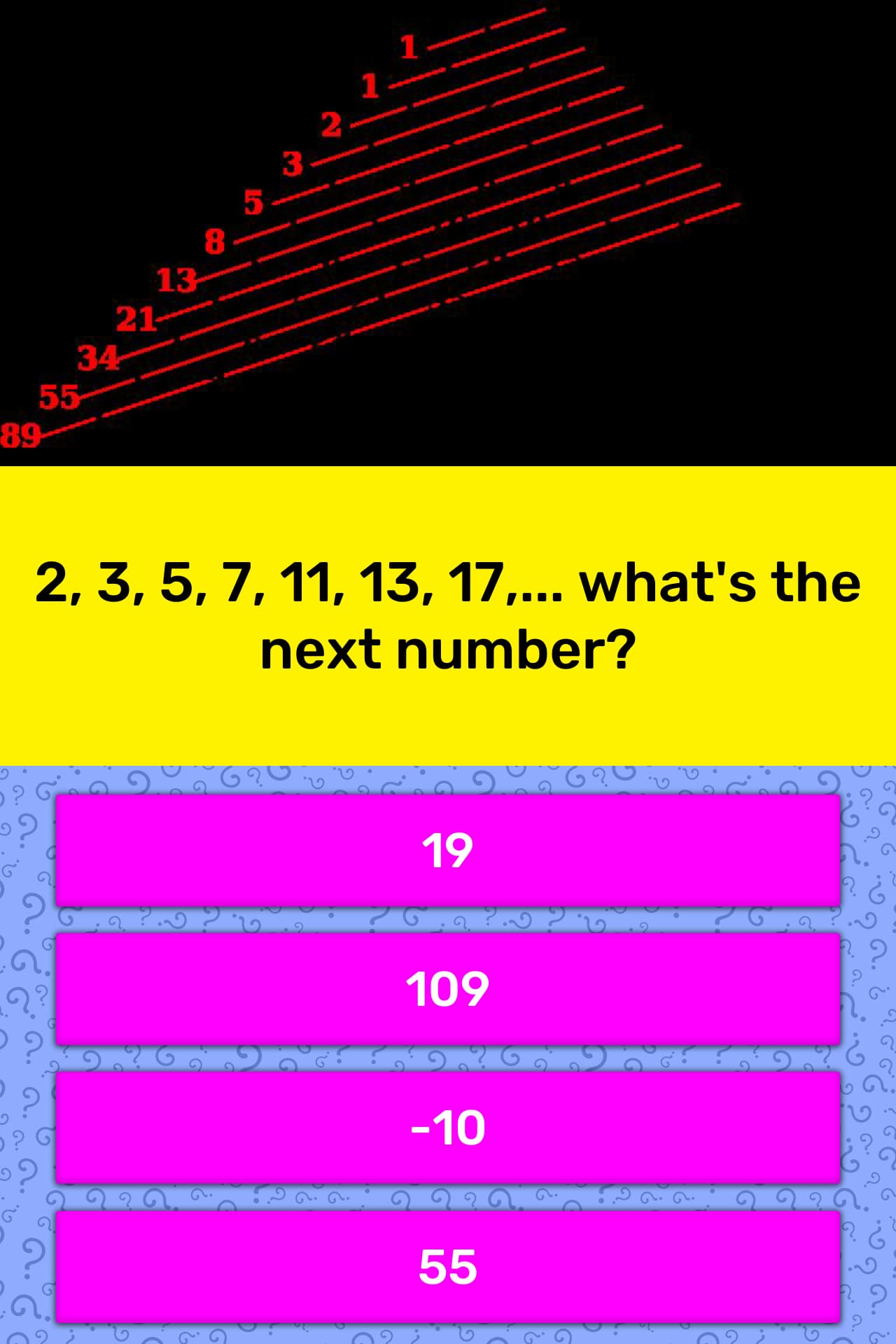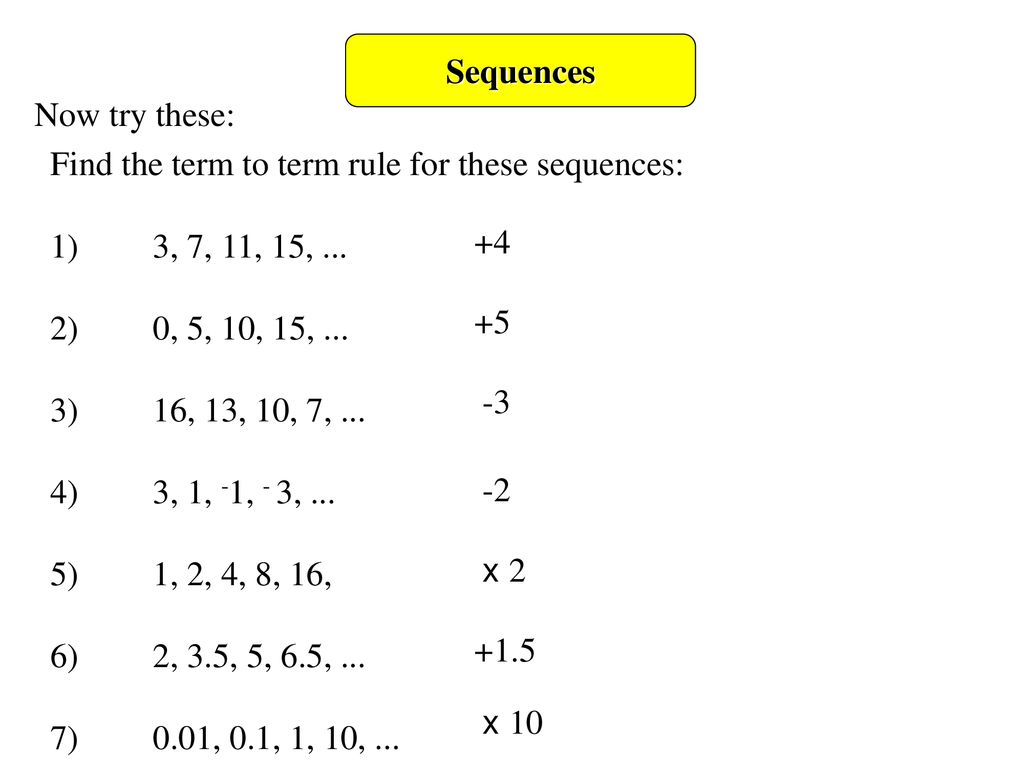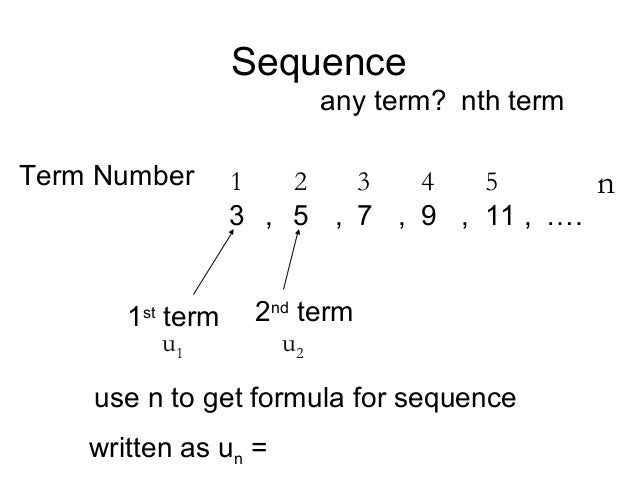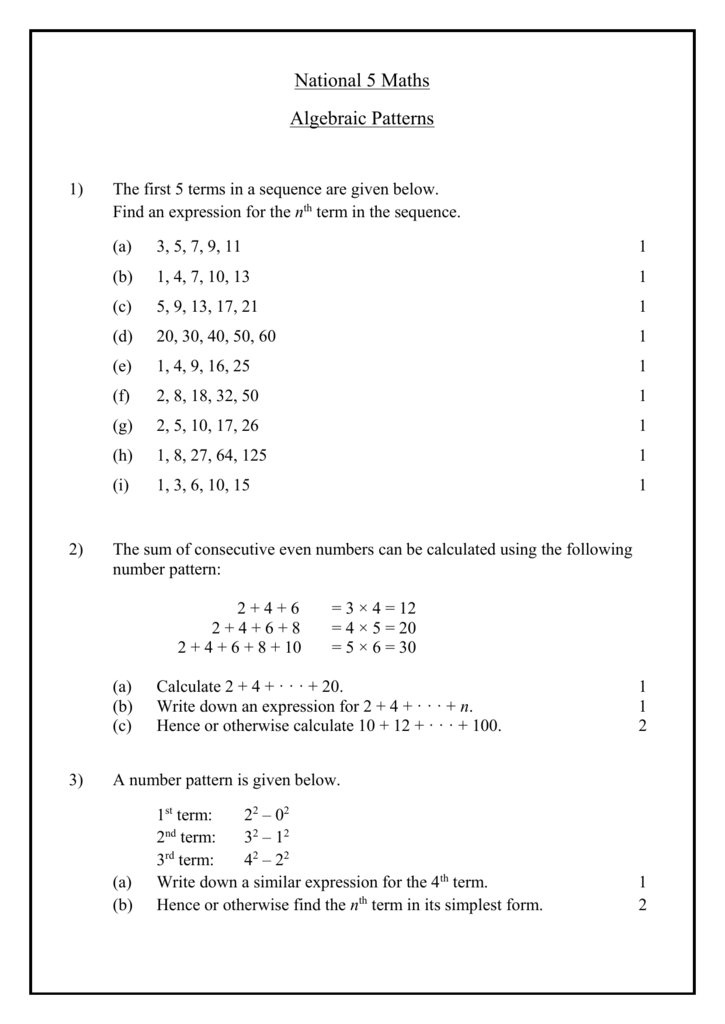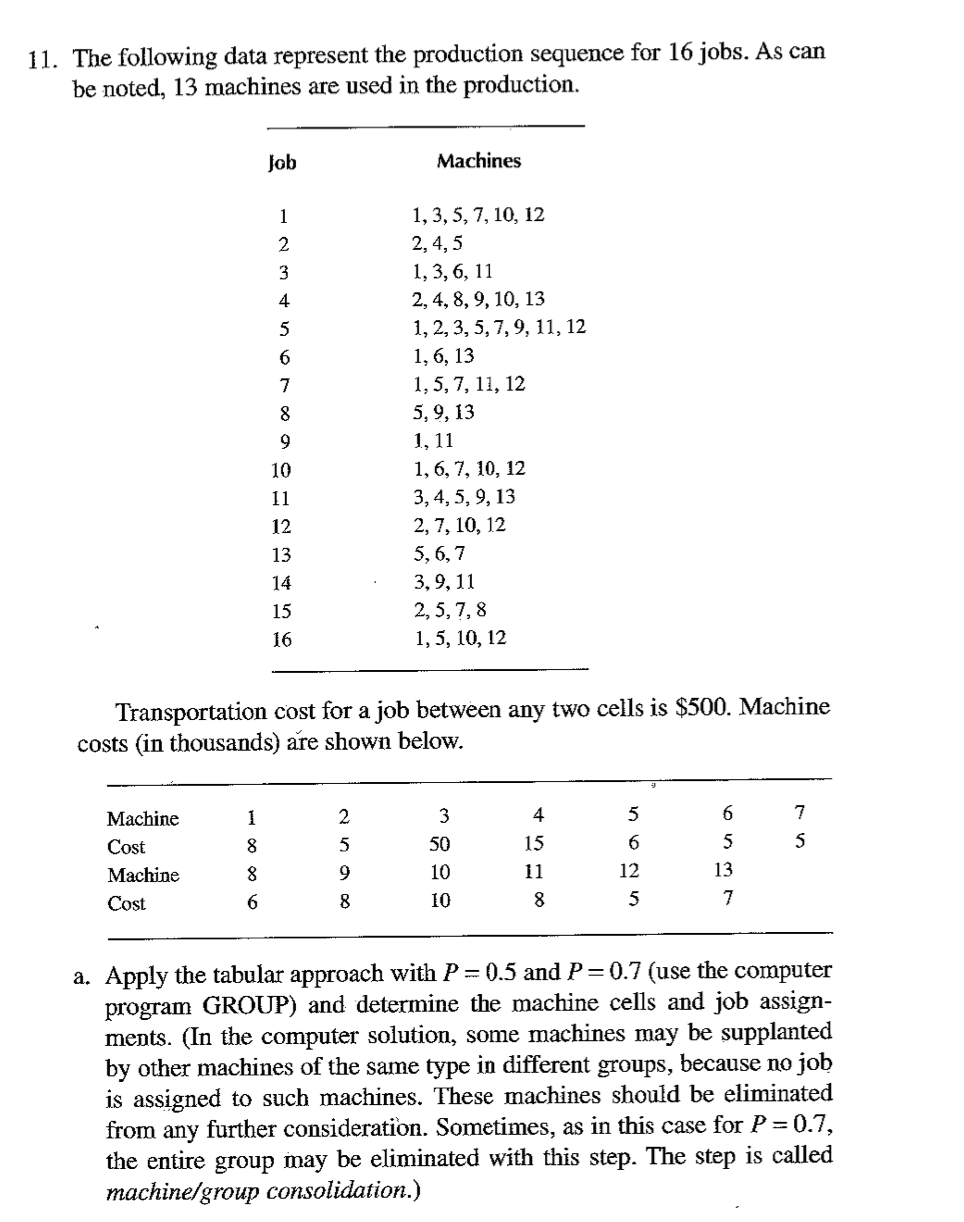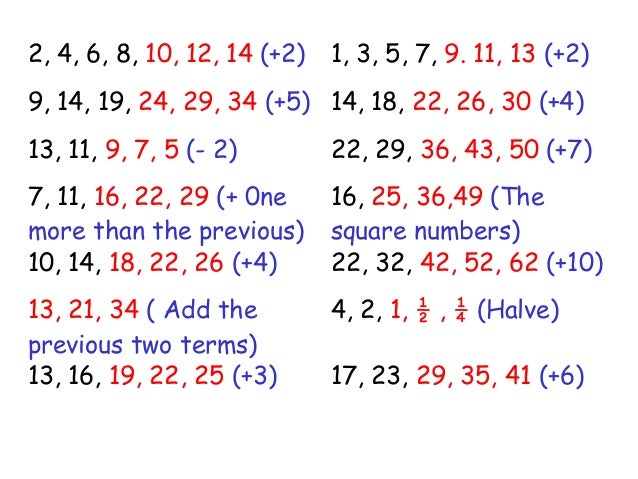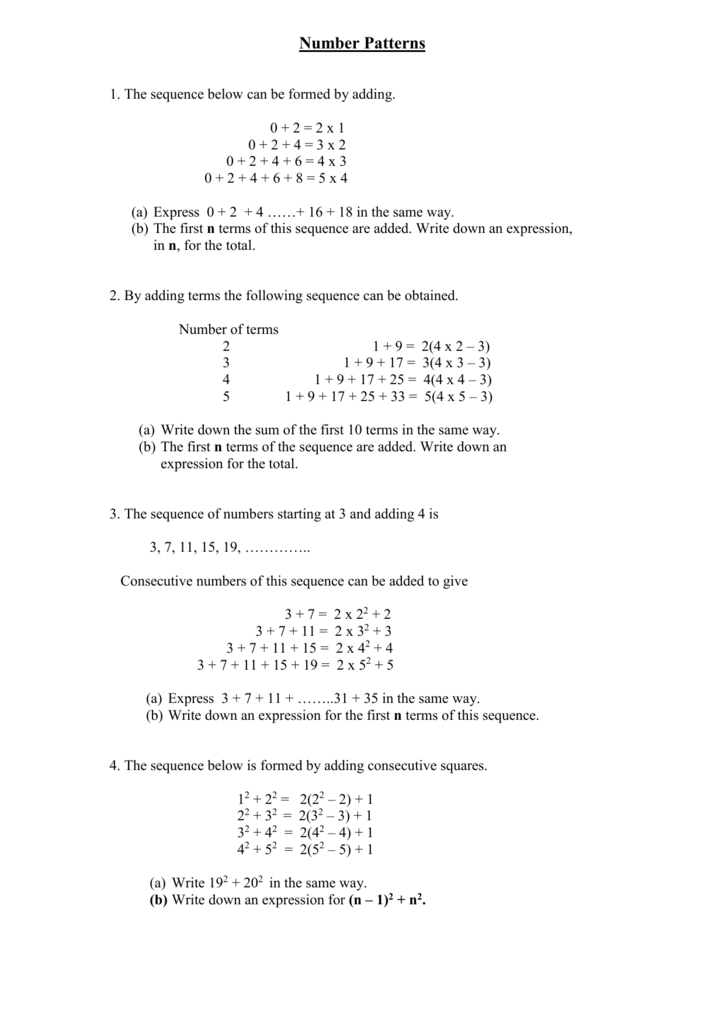2 3 5 7 11 Sequence
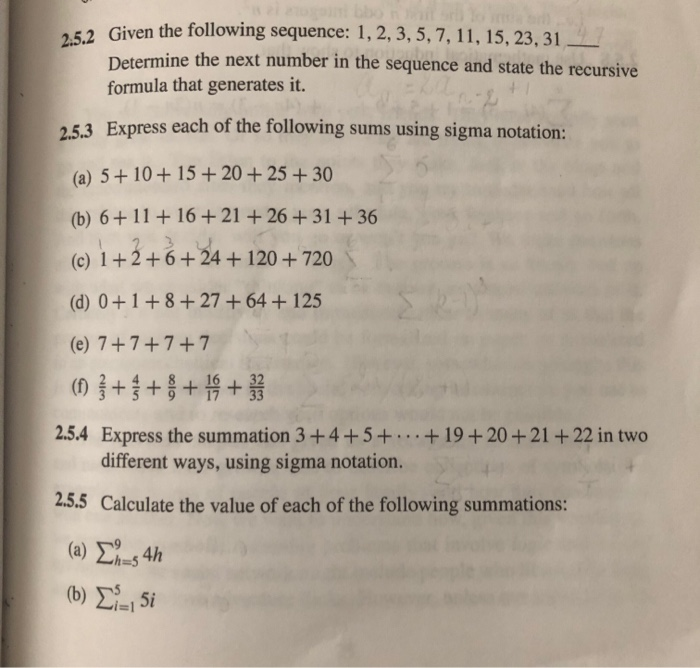
The sequence 2 3 5 7 11 13 includes prime numbers only.
2 3 5 7 11 sequence. Sequence solver by alteredqualia. Zero is not a positive number and has infinite number of divisors. The number 1 is not a prime number by definition. However the sequence 2 3 5 7 11 are the first five prime numbers.
One is has one divisor itself. 2 3 5 7 11 13 17 19 23 click on sequence to compute difference table. The sequence seems to be calculated by f n 3n 2 3 1 2 5 3 2 2 8 3 3 2 11 and so on therefore the 99th term would be 3 99 2 299. A fibonacci sequence is a sequence in which every number following the first two is the sum of the two preceding numbers.
The next would indeed be 17 but if you complete the sequence you will have done the impossible. A prime number is a positive integer which has exactly 2 positive integer factore one factor being 1 and the other factor is the positive number itself. Is an arithmetic progression with common difference of 2. 18 21 get the answers you need now.
So the next prime numbers after 11 are 13 then 17 19 23 29 31 37 41 43. Complete the sequence 2 3 5 7 11 13 23 29a. Please enter integer sequence separated by spaces or commas. Prime numbers just like integers continue forever.
The number 0 is not a prime number. User must not confuse it with mean values and significant values. Is 1 a prime number. The first two numbers in a fibonacci sequence are defined as either 1 and 1 or 0 and 1 depending on the chosen starting point.
Is 0 a prime number. 2 3 5 8 13 21 34 55. Many people incorrectly select 15 fooled by the fact that all prime numbers except 2 are odd. The sequence of 1 3 5 7 9 11.
Find the next number in the sequence using difference table.



